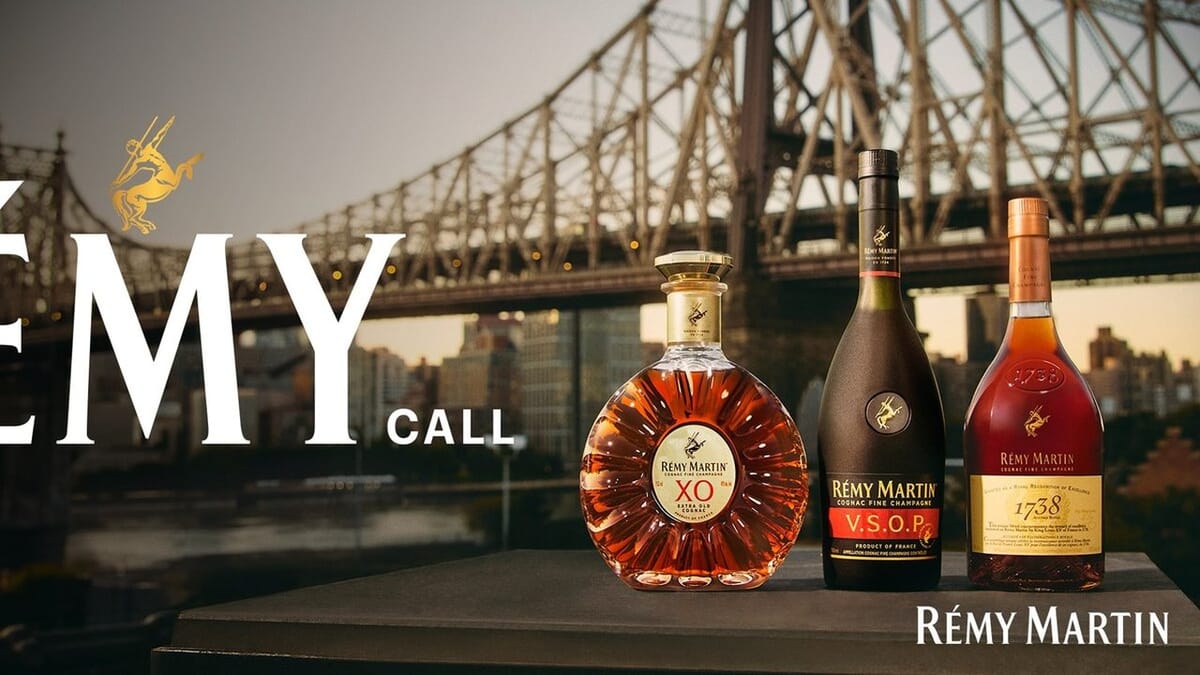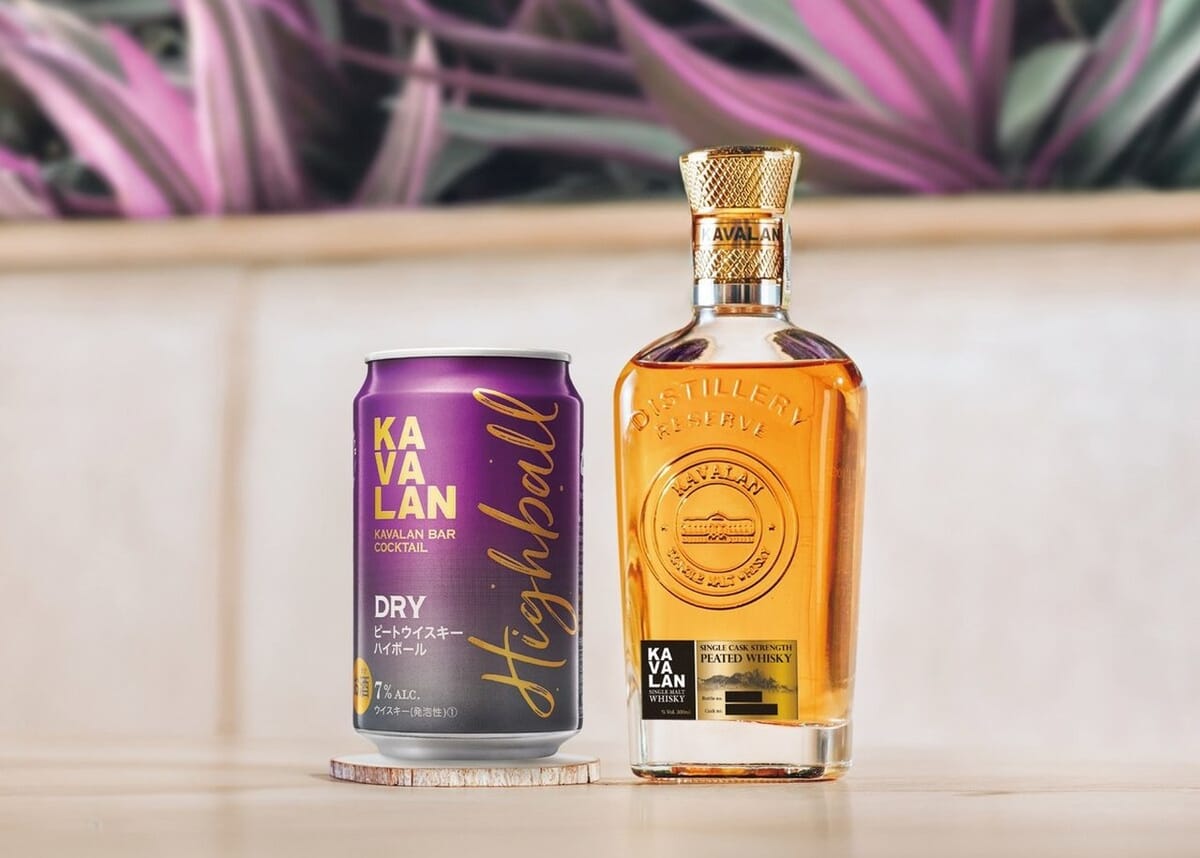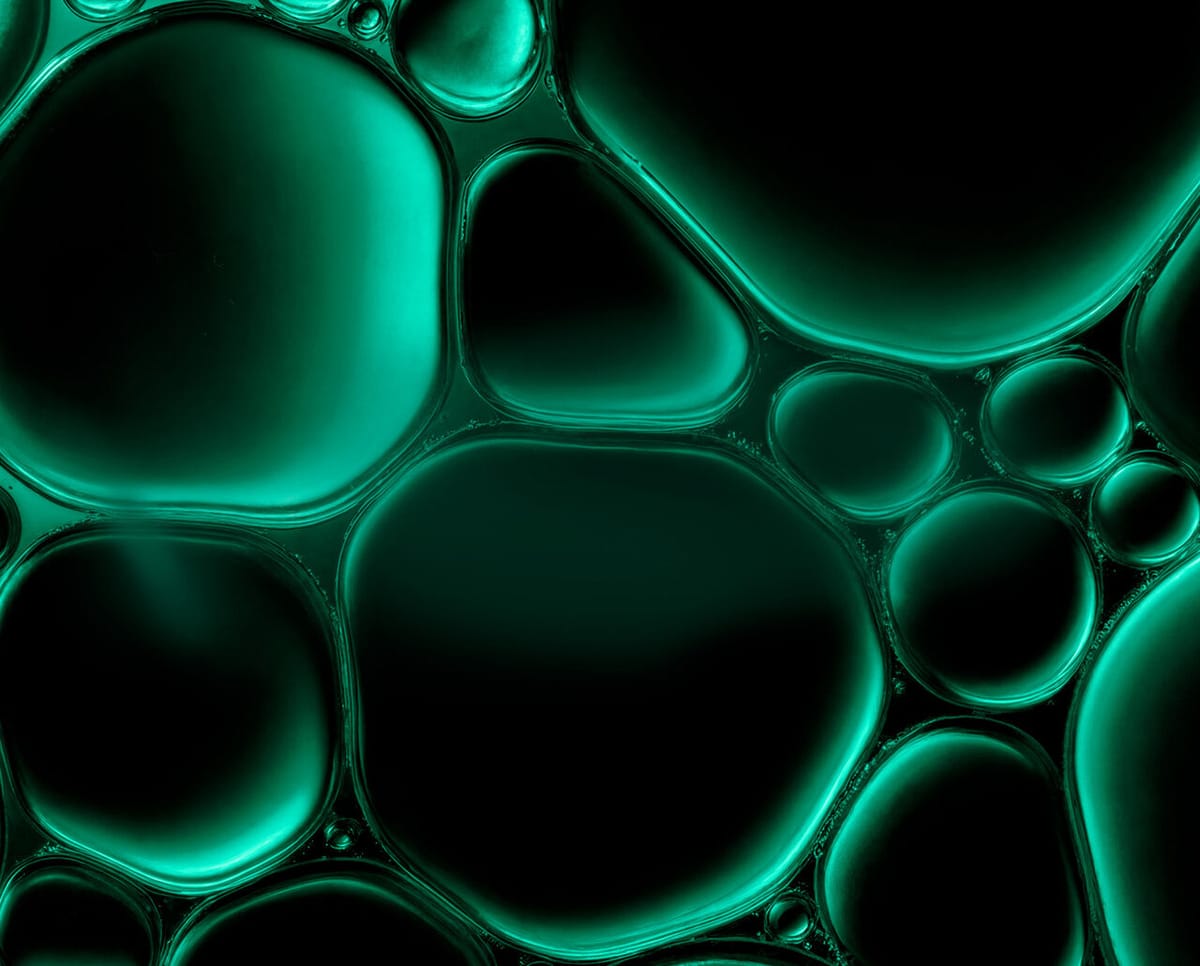Bar 1802 unveils its new 'Origines' menu
Located at the Monte-Cristo hotel, 1802 has become one of the leading rum bars in France and Europe. For the launch of the new Origines menu, which celebrates sugarcane’s journey, Adrian Nino and Thomas Abd Ali share how the project first took shape.
Origines isn’t just a cocktail menu
“The idea behind Origines is to recreate the journey of sugarcane. Each section represents a continent or region, and, at the end, we have barrel-aged twists on classic cocktails. However, more than just a cocktail list, it’s a complete bar menu, divided into six chapters, interspersed with three segments: the cocktail, rum tasting, and food. It was important for us to return to the origins of sugarcane and offer a broader perspective, whereas in the past, we focused on a single aspect: flavors, distillation, fermentation.
This new menu tells a slightly different story this time: sugarcane originated in Asia, traveled the Silk Road to Africa, then went on to Latin America, up through the Caribbean, and back to Europe. Guests are often surprised, as many assume it’s a plant native to the Antilles. This also lets us shine a light on unexpected producer countries. To that end, we don’t just use rum; we broaden our horizons with other products (Haitian clairin, Cape Verdean grogue).
As you move through the chapters, you discover new terroirs, new methods, and, above all, new tastes, because each distillery is associated with a culinary culture and a drink culture, each shaped by various influences. That’s why, if we’re working with an old Spanish culture, we’ll prioritize sherry or Xérès rather than vermouth. Likewise, for a French-style cocktail, we’ll lean toward wine or Champagne. We strive to maintain this consistency.
For instance, our Cap Vert—inspired by a Negroni—uses Lagalos grogue as a base, combined with port. Rum’s history is complex, and different traditions come together. That’s why the Hispaniola cocktail was so exciting to develop: there’s a blend of cultures between two countries—Haiti and the Dominican Republic—with very different histories and distinct rum styles. In this case, a Matusalem 15-year-old molasses-based rum paired with a clairin. The idea is to express this story in the glass.



A growing focus on packaging
Packaging has taken on increasing importance for us. Besides being the future of the bar from an ecological standpoint, it’s also helpful for a small team, saving time and space—not to mention cost. We’re talking volumes of 50 or even 100 liters. In 50cl bottles, that would mean a lot of glass, plus significant storage and handling. So we try to strike a balance with brands that offer this solution alongside those that don’t.
In that vein, we previously sourced in bulk and even obtained a tailor-made product for 1802 from Savanna for our previous menu. However, since we couldn’t renew that arrangement, we chose Isautier Barrik, which best suited our needs for the Reunion Island cocktail. And this time, we found a bulk option for the peated rum. Same goes for the agricole rum. Previously, we’ve worked with Damoiseau and La Favorite on prior menus, aiming to highlight the diversity within each rum category. But Bielle offered different packaging options, including multiple bulk options. Also, that distillery was among the first we bottled at the bar, so it felt like returning to our roots.
We get our clear ice from Ice Cube Co.



Creating a menu means listening to all involved
We met at the Ballroom, and upon arriving at 1802 (Editor’s note: Thomas joined after working at the Little Red Door), where there is an overwhelming selection of rums, you realize the possibilities are endless. You have to set boundaries. Working with a theme or framework prevents adding unnecessary elements that could overcomplicate your approach.
Then tastes evolve over time. It’s easy to fall into the trap of seeking out the most aromatic, highest-proof rums, chasing esters, and insisting exclusively on long-fermentation Jamaican rums. But we must remember that not everyone appreciates that style. When designing this kind of menu, you have to be open-minded and understand the expectations of your customers and of the producers—who want their brands properly showcased—while factoring in the team’s creativity. Right now, everyone is buzzing about Jamaica, but that will start to shift. Rum enthusiasts are looking for something new.”


20-22, rue Pascal ; 75005 Paris
Open daily.
Menu




















📸 @agencewebcom




